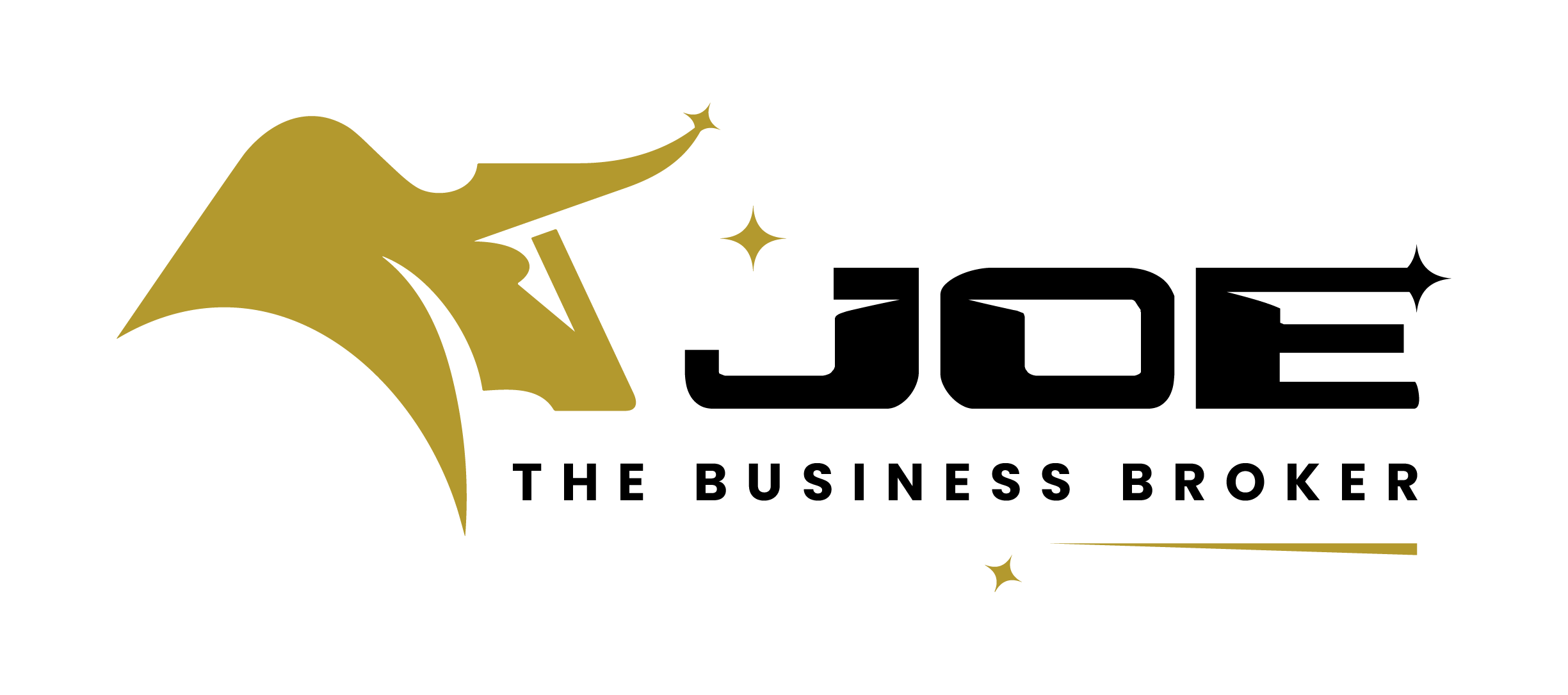My firm recently had a meeting with an entrepreneur who explicitly stated that he established his business six years ago with the objective of eventually selling it. He arrived at our meeting well-prepared, armed with tax returns, financial statements, and the willingness to continue working in a sales capacity under a new owner for up to three years.
This business, specializing in subcontracting for the commercial construction sector, achieved approximately $7 million in annual gross sales in 2009. It had been experiencing consistent growth since its inception, boasting $725,000 in Ebitda and $900,000 in seller’s discretionary earnings (S.D.E.). Every aspect of the business appeared promising.
The meeting progressed smoothly as the seller recounted the company’s history, its major clients, and potential buyers. We listened attentively, genuinely impressed by his meticulous preparation for this pivotal day. Then, we inquired about his asking price. He confidently stated that it was $8 million. If my conference room had sound effects, I would have humorously signaled the moment with a vinyl LP needle scratching across the surface.
So, what’s the issue with an $8 million asking price for this business? The primary concern is that it translates to a multiple of 11 times Ebitda or nearly nine times S.D.E., according to the seller’s financial documents. Given the industry norms and prevailing asking prices for similar businesses nationwide, these multiples significantly exceed what most buyers would consider reasonable in today’s market.
While several factors contribute to determining a suitable asking price, including competitive advantages, growth potential, and historical financial performance, multiples and general guidelines offer a solid starting point. Numerous resources are available for accessing data on business sale pricing, such as Business Valuation Resources and BizBuySell.com. Small business brokers, intermediaries, and transaction advisors also have access to various sources of data on small business deals.
Business Brokerage Press publishes an annual pricing guide for small businesses, available in print and online formats. Below are some multiples and rules of thumb for specific types of businesses from the most recent edition:
- Manufacturing (annual sales of $1 million to $5 million): Three to four times S.D.E. plus inventory.
- Retail auto parts: 40 percent of annual sales plus inventory.
- Commercial printers (annual sales under $2 million): Two and a half to three times adjusted Ebitda.
- Retail apparel: One and a half times S.D.E. plus inventory.
- Wind farms: 10 times Ebitda.
Certain industries have their unique valuation rules. For instance, an authorized wireless phone and service reseller may be valued at approximately 30 times monthly residuals. While no two businesses are entirely alike (“comps” are hard to come by), examining multiples for comparable businesses in the same industry, preferably within a similar geographic area or market, can be a helpful substitute.
A fundamental aspect of a successful sale is a clear comprehension of how potential buyers will assess your business, whether they are individual buyers or strategic acquirers. More often than not, this assessment boils down to a multiple of the business’s earnings.
“We recently conducted a survey involving a wide range of business brokers and merger-and-acquisition professionals,” noted Dave Kauppi, a mergers-and-acquisitions adviser and president of Midmarket Capital, in a recent blog post. “We asked them about their most significant challenges in their practice. We provided them with eight choices, including financing constraints, inadequate sell-side deal flow, and insufficient buyers, among others. The top response was seller expectations regarding the business’s value.”
This was precisely the issue with the seller mentioned earlier. Multiples for a business like his typically range from three to four times S.D.E., resulting in an asking price that barely reaches half of his current expectations. He returned to our office approximately a week after our initial meeting to retrieve his financial documents and tax returns. I have a hunch he won’t be back until he adjusts his pricing expectations to a more realistic level.




